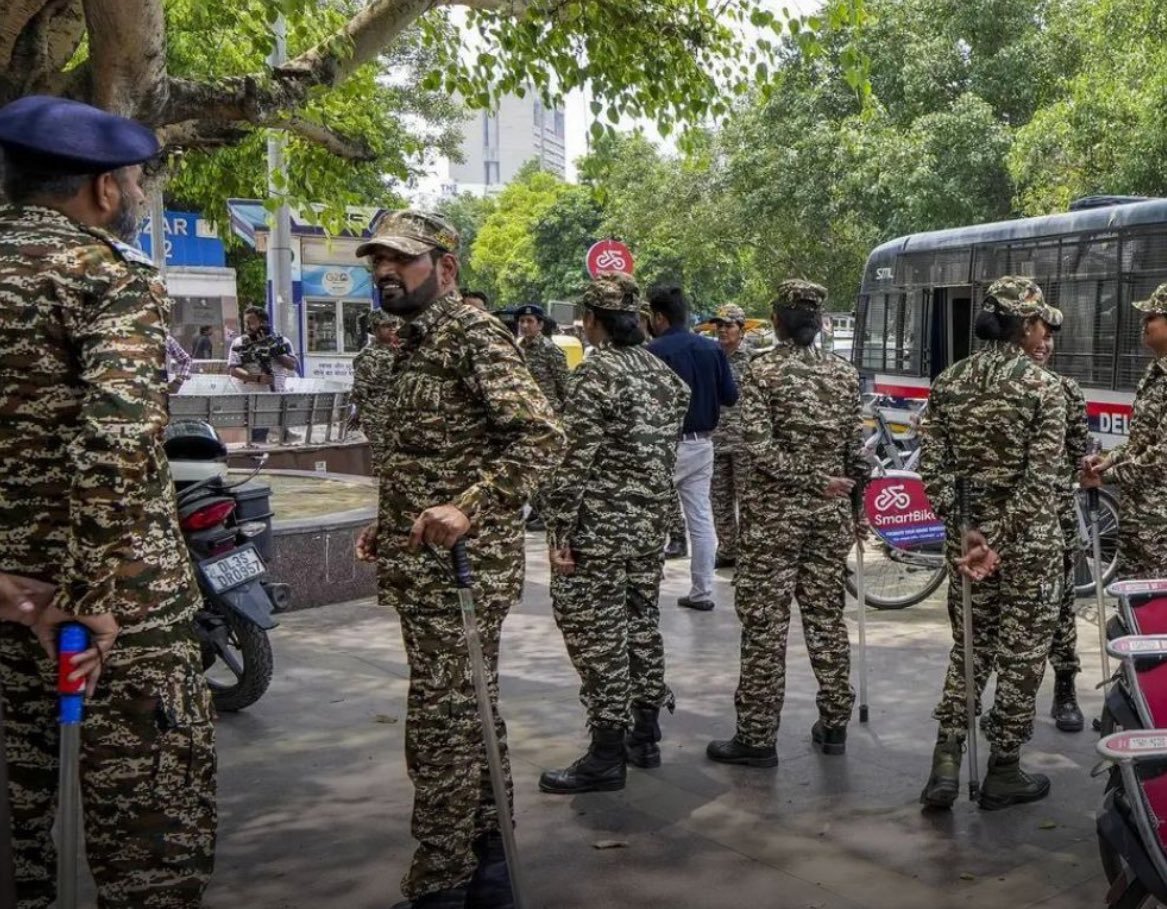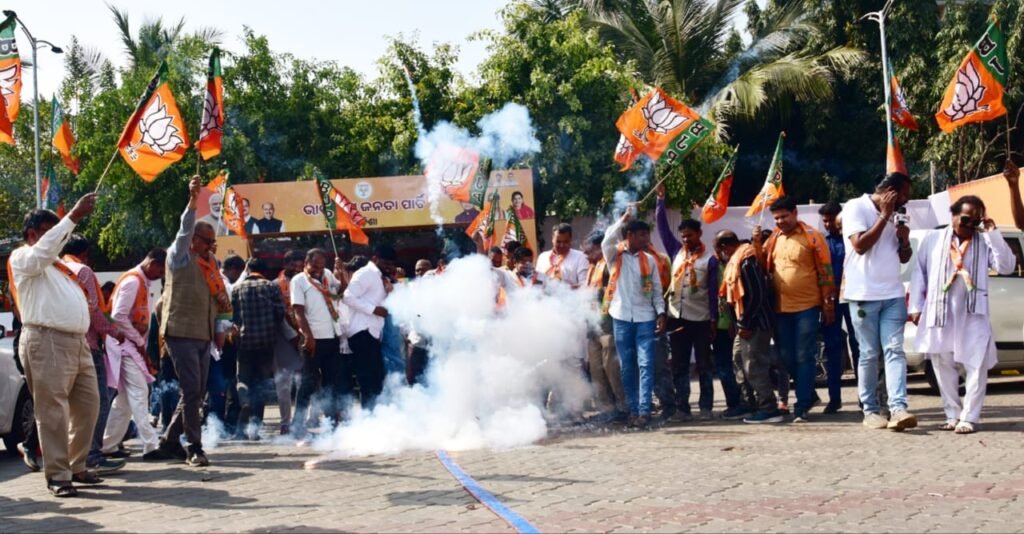In a significant move to enhance civil preparedness, the Centre has directed all states and Union Territories to conduct a nationwide civil defence mock drill on May 7. The decision follows heightened tensions between India and Pakistan in the wake of the recent Pahalgam attack and is aimed at assessing and improving readiness for potential hostile threats.
The Ministry of Home Affairs (MHA), in a communication dated May 2 and May 5, has instructed states and UTs to operationalise air raid sirens, implement blackout measures, and rehearse evacuation protocols across 244 designated Civil Defence Districts. These regions, notified based on strategic and security considerations, will see enhanced civil defence activities, including training civilians, students, and volunteers in emergency response strategies.
What Are Civil Defence Districts?
Civil Defence Districts are strategically demarcated areas identified by the Ministry of Defence for implementing civil defence programmes. These districts are chosen based on their proximity to borders, vulnerability to attacks, and the presence of critical infrastructure such as nuclear plants, military installations, power stations, highways, and ports. As of 2010, there are 259 such districts across the country, categorized into three levels based on the intensity of civil defence measures required.
Category I districts, which demand full-scale implementation, include parts of Delhi, Gujarat (Surat, Vadodara, Kakrapar), Maharashtra (Mumbai, Uran, Tarapur), Odisha (Talcher), Rajasthan (Kota, Rawat Bhata), Tamil Nadu (Chennai), and Uttar Pradesh (Bulandshahr). Category II and III districts require varying levels of partial implementation.
According to a 2023 MHA report, 295 vulnerable towns and districts across India have been identified for civil defence implementation during peacetime.
Key Features of the May 7 Mock Drill
The upcoming drill will simulate emergency scenarios and include the activation of air raid sirens, blackout procedures, hotline/radio communication with the Indian Air Force, and the operation of control and shadow control rooms. Other measures include:
- Training civilians, students, and volunteers in safety protocols
- Manning of Civil Defence services such as firefighting and rescue units
- Early camouflaging of sensitive infrastructure
- Rehearsal of evacuation plans
- Cleaning and preparing bunkers and trenches.
The drill also mandates the revision of civil defence and evacuation plans to ensure readiness in the face of hostile attacks.
Impact on Daily Life
Residents in Civil Defence Districts may face temporary disruptions. These include short-term power outages during blackout exercises, halts in vehicular movement during simulated air raid warnings, and possible evacuation drills in high-risk zones. Such drills may also involve home guards, NCC and NSS cadets, NYK volunteers, and district-level civil defence officials.
Under the Civil Defence Act of 1968, authorities have the power to restrict movement, impose curfews, requisition property and services, and control the distribution of essential goods. In extreme situations, the Act allows detention without trial and other emergency measures to ensure national security.
Why Now?
While the MHA hasn’t explicitly linked the drill to a specific threat, the timing—soon after the Pahalgam incident and amid reports of recent missile tests by Pakistan—has raised public and strategic interest. The Centre stated the exercise is part of a broader initiative to strengthen national preparedness, as emphasized by Prime Minister Narendra Modi and Home Minister Amit Shah during the 2022 ‘Chintan Shivir’ in Haryana.
The last such large-scale civil defence exercises in India were conducted during the 1971 war. Internationally, countries like South Korea and Ukraine have carried out similar drills in response to regional security threats.
A Look Back: Evolution of Civil Defence
Globally, civil defence systems took shape during the World Wars, with nations like the UK and US building extensive air raid precautions, shelters, and public training initiatives. The Cold War period shifted the focus to nuclear preparedness, leading to widespread construction of fallout shelters and national warning systems.
In India, civil defence measures began under British rule during World War II. The system evolved significantly post-Independence, especially after the 1962 Sino-Indian war and the 1965 conflict with Pakistan, leading to the enactment of the Civil Defence Act in 1968. The 1971 war saw widespread implementation of these measures. Over time, the scope has expanded to include nuclear and natural disaster preparedness.
With this mock drill, India revives and reinforces its civil defence framework to ensure nationwide readiness in the face of modern threats.






